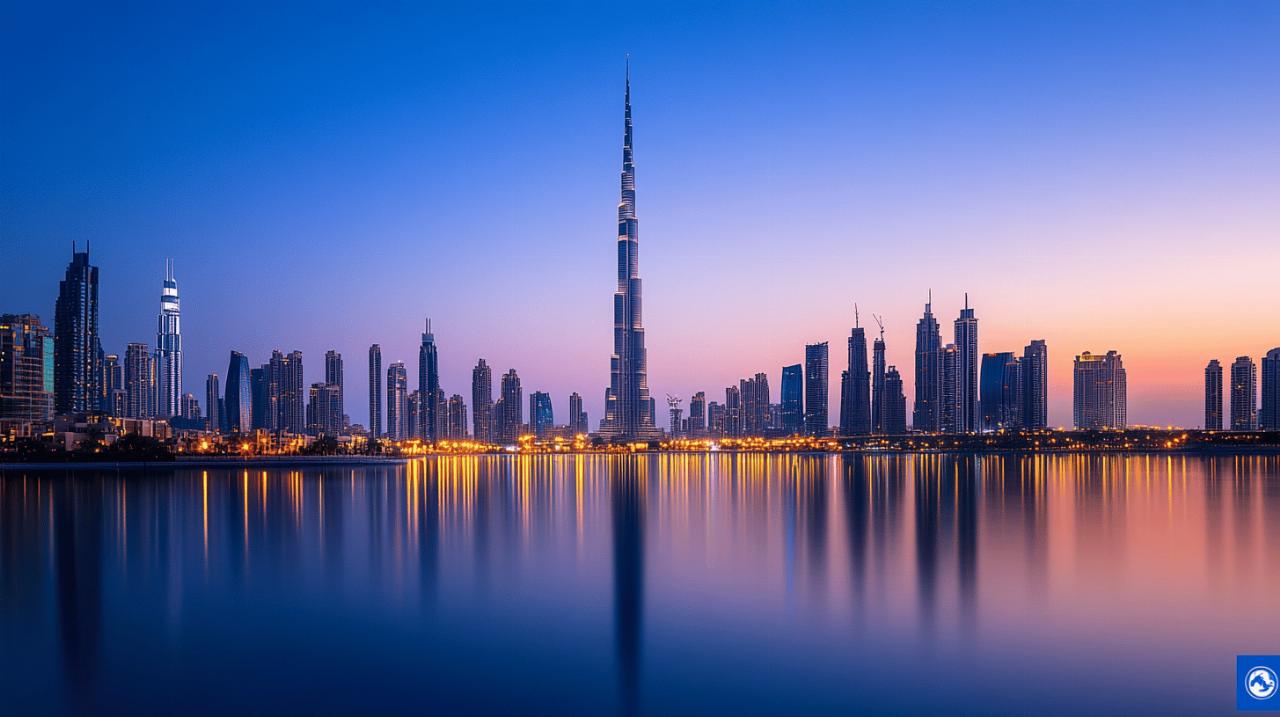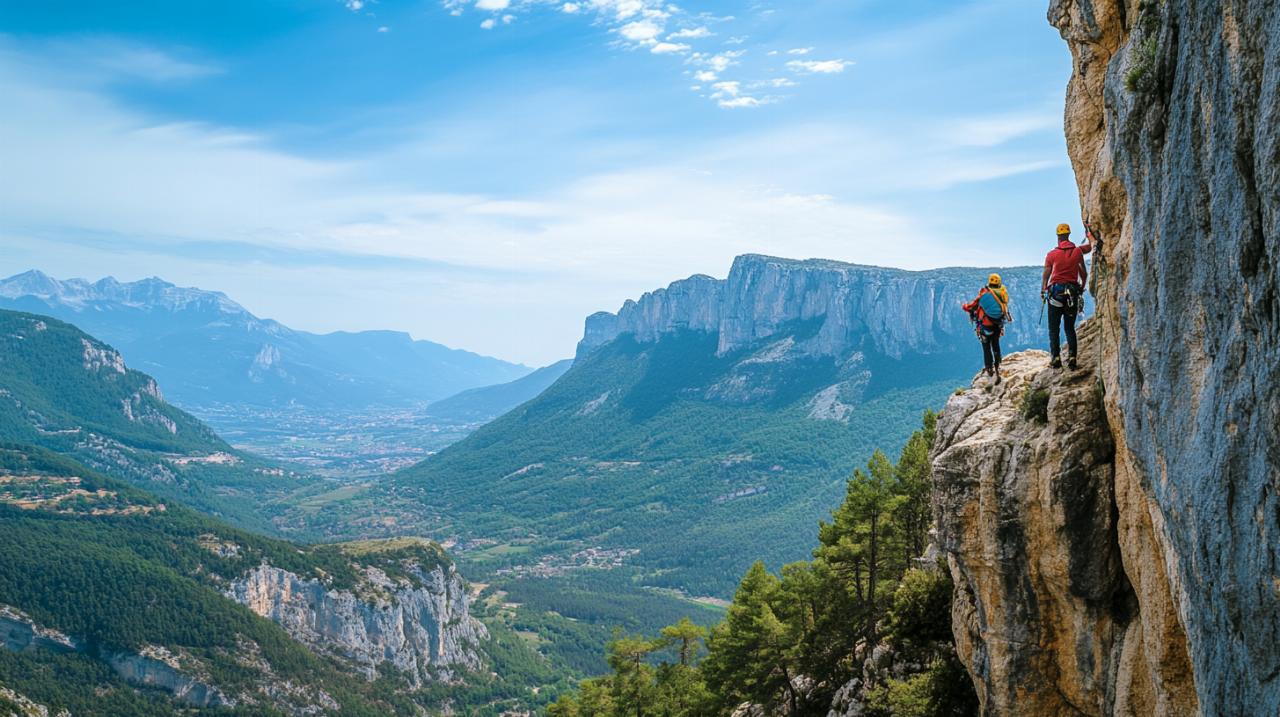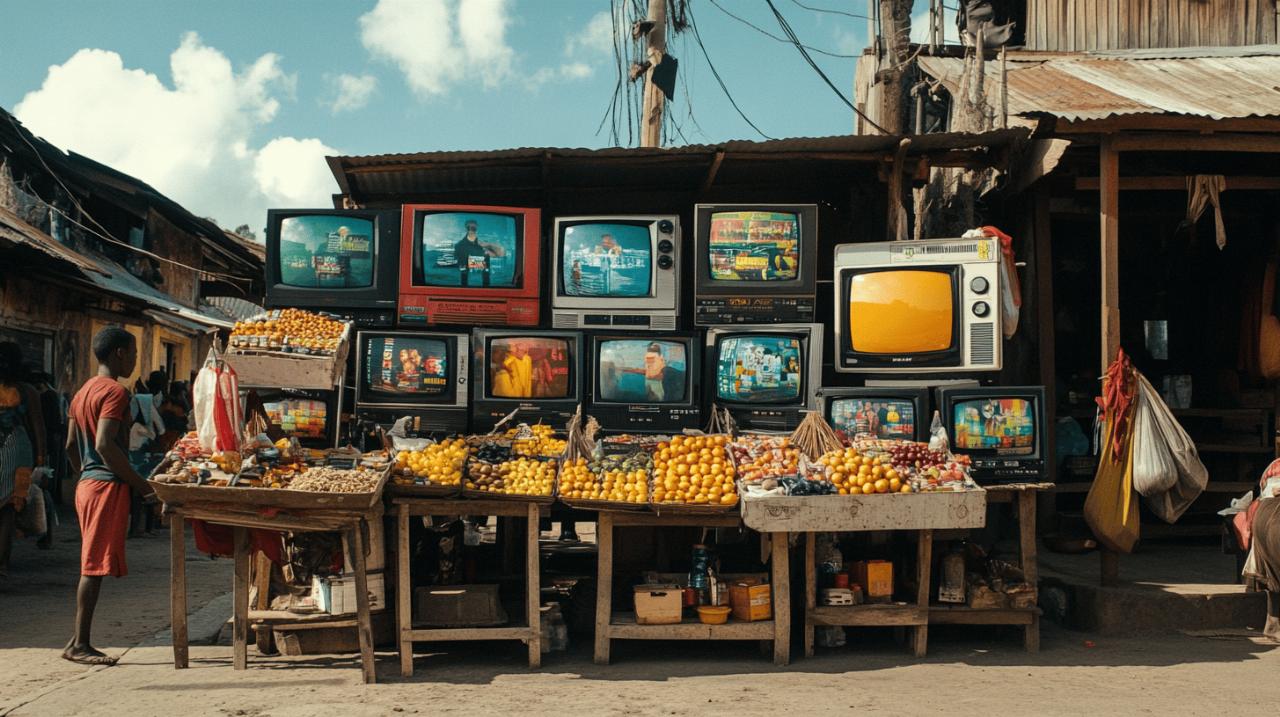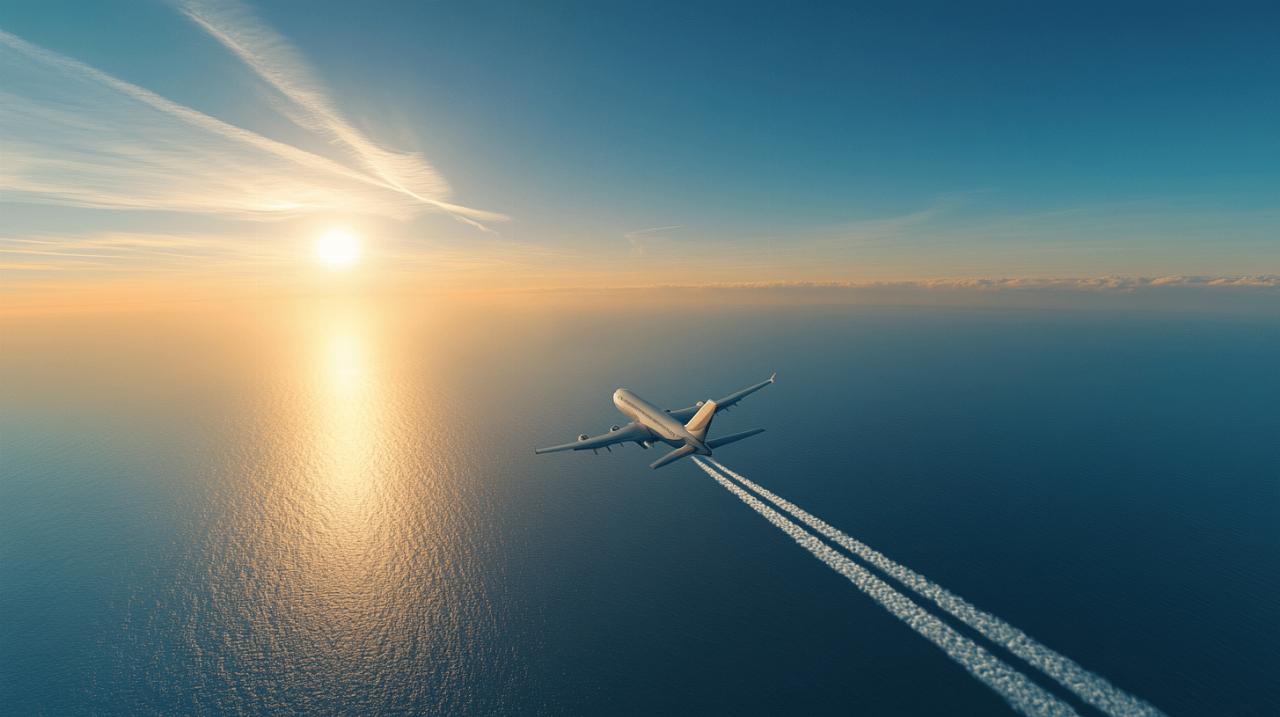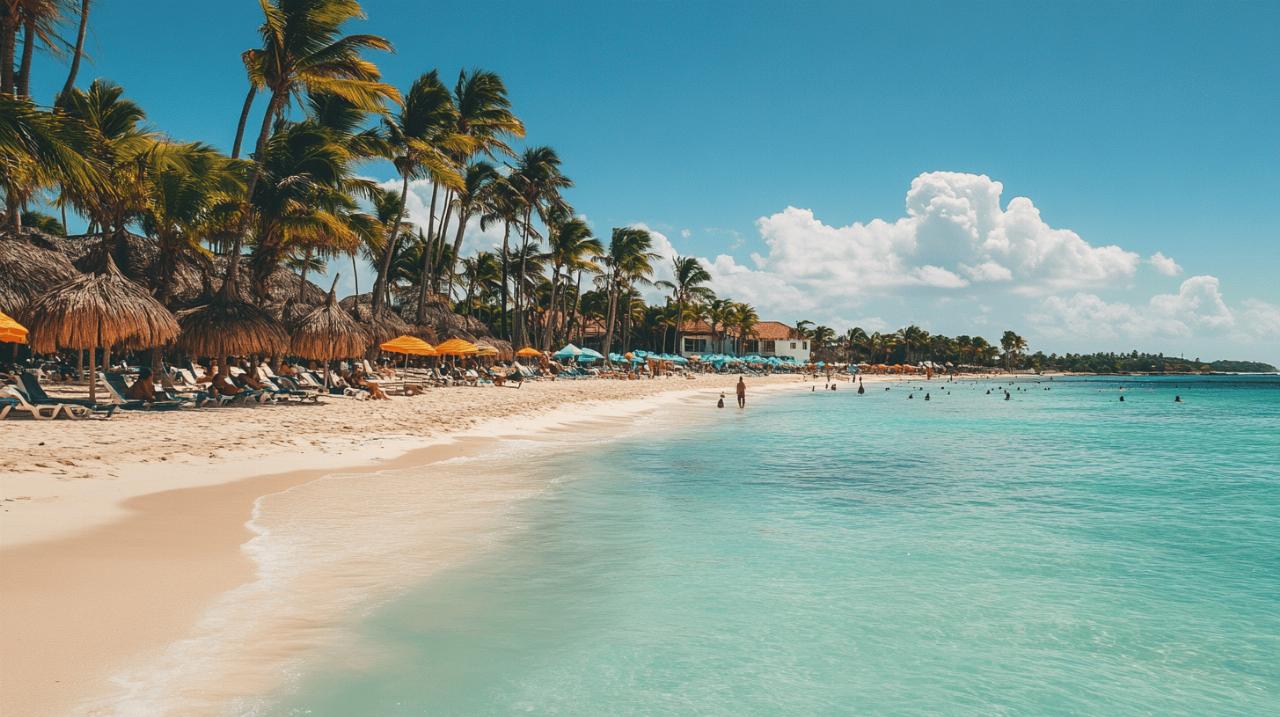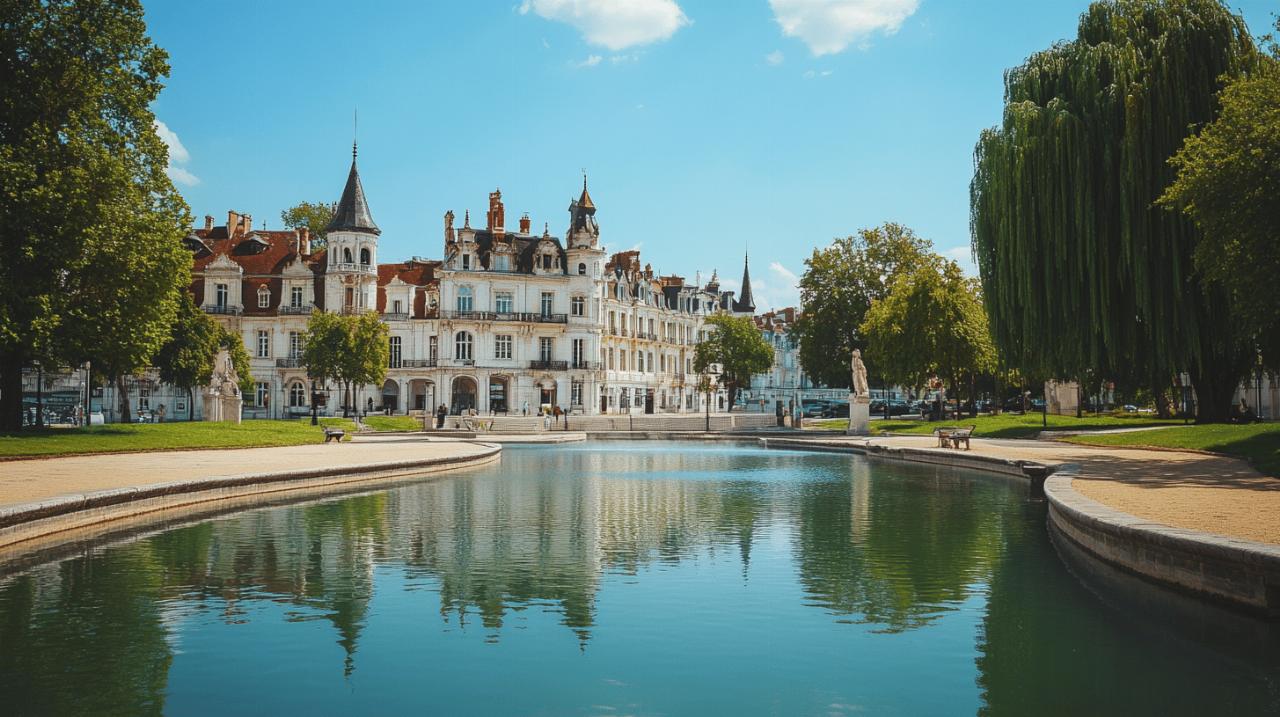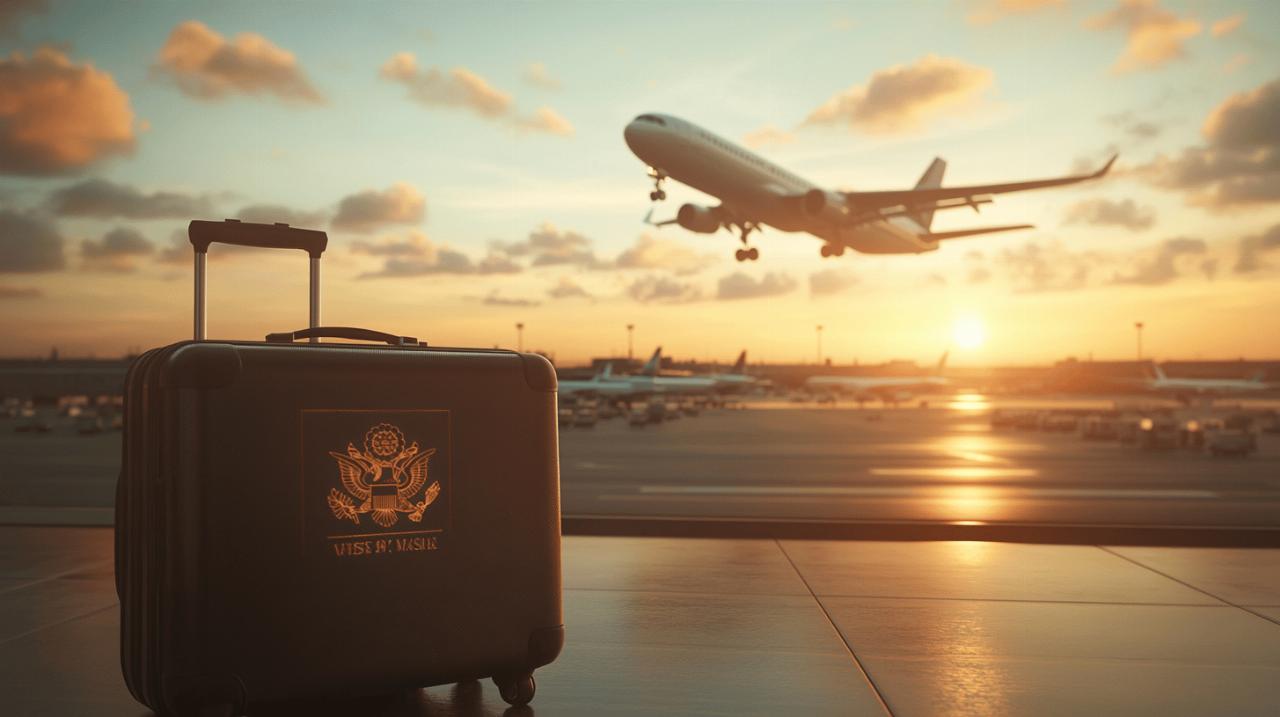Deciding when to embark on a journey to Dubai requires more than simply picking dates on a calendar. This remarkable emirate, where towering skyscrapers pierce the clouds and ancient souks whisper tales of bygone eras, experiences dramatic seasonal variations that can profoundly shape your holiday. From the unforgiving desert heat of summer to the pleasant breezes of winter, understanding the rhythms of Dubai's climate alongside the pulse of global events and cultural observances will help you craft an unforgettable experience in this dazzling destination on the Arabian Gulf.
Climate considerations: navigating dubai's desert weather patterns
Dubai's desert climate presents a fascinating challenge for travellers seeking to maximise their comfort whilst exploring all this dynamic city has to offer. The emirate enjoys abundant sunshine throughout the year, typically basking in eight to ten hours of glorious rays daily, making it a haven for sun seekers. However, this blessing comes with significant temperature fluctuations across the seasons, and understanding these patterns proves essential for planning a successful visit.
The Sweltering Summer: Why June to August Should Be Approached with Caution
The period stretching from June through August represents Dubai's most challenging season for visitors. During these months, temperatures routinely climb above forty degrees Celsius, with August claiming the dubious distinction of being the hottest month, averaging around thirty-seven degrees. The intense heat alone would be manageable, but the addition of suffocating humidity transforms even the simplest outdoor activity into an ordeal. A leisurely stroll along the marina or a wander through the historic districts becomes a test of endurance rather than a pleasure.
The health risks associated with such extreme conditions cannot be dismissed lightly. Heat exhaustion and heatstroke pose genuine threats, particularly for those unaccustomed to such climates. Visitors must take precautions by wearing lightweight, breathable clothing and maintaining constant hydration. The oppressive conditions also affect the city's infrastructure and attractions, with some tourist sites operating reduced hours or closing altogether during the peak heat of the day. Many travellers find themselves confined to air-conditioned spaces, hopping between shopping centres and indoor attractions rather than experiencing the outdoor wonders Dubai has to offer.
Sandstorms become more frequent during the summer months, adding another layer of discomfort and occasionally disrupting travel plans. The sea temperature does reach its warmest point during July and August, hovering around thirty-two and a half degrees, which might appeal to those who prefer bathwater-warm ocean dips. However, this benefit scarcely compensates for the overwhelming heat on land. Whilst hotels and airlines offer substantial discounts during this period, with accommodation rates plummeting by fifty to seventy percent and attractions providing generous two-for-one deals, these bargains come at the cost of severely limited outdoor enjoyment.
Optimal Weather Windows: The Appeal of Shoulder and Winter Seasons
The most delightful weather conditions grace Dubai during the cooler months, particularly from October through March. This extended window offers temperatures that hover comfortably between twenty and thirty degrees Celsius, creating ideal conditions for exploring everything the emirate has to showcase. January registers as the coolest month, with average temperatures around twenty degrees, providing a welcome respite for those escaping colder climates back home.
The shoulder seasons of October to November and March to April deserve special attention from savvy travellers. During these transitional periods, the weather strikes a perfect balance between warmth and comfort. Temperatures settle pleasantly in the mid-twenties to low thirties, allowing visitors to enjoy outdoor pursuits without the oppressive heat of summer or the crowds that descend during peak winter months. The sunshine remains abundant, with May and June offering around eleven and a half hours of daylight, though the shoulder months maintain similarly generous sun exposure without the accompanying furnace-like temperatures.
The winter months from December through February present another attractive option, particularly for families seeking a warm holiday during traditional school breaks. Temperatures range from fourteen to twenty-four degrees, creating comfortable conditions for beach activities, desert excursions, and urban exploration alike. The sea temperature during this period cools to its lowest point in February, around twenty-two and a half degrees, which remains perfectly pleasant for swimming and water sports. Rain remains a rarity in Dubai, but the little precipitation that does fall typically occurs between November and March, with February being the wettest month at a modest twenty-five millimetres. These brief showers rarely disrupt travel plans significantly.
Global events and cultural observances influencing travel planning
Beyond weather considerations, the calendar of global events and local cultural observances plays a crucial role in determining the optimal timing for a Dubai visit. These factors can dramatically alter the atmosphere of the city, affecting everything from restaurant hours to the availability of certain experiences.
Ramadan's Impact on Visitor Experience and Local Customs
The Islamic holy month of Ramadan represents perhaps the most significant cultural event affecting Dubai's tourism landscape. This sacred period shifts approximately eleven days earlier each year according to the lunar calendar, meaning its timing relative to the Western calendar changes annually. During Ramadan, Muslims observe fasting from dawn until sunset, abstaining from food, drink, and other physical needs as an act of worship and spiritual reflection.
For visitors, Ramadan brings a noticeably different atmosphere to Dubai. The city's typically vibrant energy becomes more subdued and contemplative during daylight hours. Many restaurants and cafes close or operate behind screened areas during the day, reopening only after sunset when the fast is broken with the iftar meal. Whilst hotels typically continue serving meals to non-Muslim guests in designated areas, eating, drinking, and smoking in public spaces during daylight hours is prohibited out of respect for those observing the fast.
The experience of visiting Dubai during Ramadan can offer unique cultural insights and opportunities to witness beautiful traditions, including the evening iftar gatherings and the festive atmosphere that emerges after sunset. Many establishments offer special iftar buffets and the nights come alive with celebration. However, visitors seeking the full spectrum of Dubai's typically energetic daytime activities, bustling cafes, and unrestricted dining options might find the Ramadan period restrictive. Business hours often shift, with many organisations operating reduced schedules, and some entertainment venues close or significantly modify their offerings out of respect for the holy month.
Major festivals and international events: timing your visit around dubai's calendar
Dubai hosts an impressive array of festivals and international events throughout the year, and timing your visit to coincide with these celebrations can significantly enhance your experience. The Dubai Shopping Festival, typically held in January, transforms the emirate into a bargain hunter's paradise. This month-long extravaganza features discounts ranging from twenty-five to ninety percent on international brands, alongside entertainment, raffles, and special events throughout the city. For those who enjoy retail therapy, this festival represents an unparalleled opportunity to acquire luxury goods at substantially reduced prices.
The Dubai Food Festival, usually scheduled for February or March, celebrates the emirate's diverse culinary landscape. This event showcases everything from traditional Emirati cuisine to innovative fusion concepts, with special menus, pop-up restaurants, and food-themed activities scattered across the city. Beyond these marquee events, Dubai's calendar includes numerous other celebrations, from the Dubai International Film Festival to sporting events like the Dubai World Cup horse race and various international tennis and golf tournaments.
December sees the city swathed in festive decorations as Dubai enthusiastically embraces the holiday season, despite its Islamic heritage. The emirate's multicultural character shines during this period, with hotels and shopping centres creating elaborate Christmas displays and special seasonal events. However, this festive atmosphere comes with a price, as December typically ranks as the busiest and most expensive month for tourism. Accommodation rates soar and popular attractions become crowded with visitors from around the globe seeking winter sunshine and holiday cheer.
Peak season versus value periods: balancing crowds and costs
Understanding the rhythm of tourist arrivals throughout the year helps travellers make informed decisions based on their priorities, whether they value tranquillity and budget considerations or don't mind crowds if it means optimal weather conditions.
Winter holiday rush: understanding december to february demand
The period from November through March represents Dubai's peak tourist season, with December standing out as particularly hectic. Visitors from colder climates flock to the emirate seeking refuge from winter's grip, drawn by the promise of mild temperatures and abundant sunshine. This surge in demand naturally affects both availability and pricing across the hospitality sector.
Hotels, particularly those in prime locations near the beach or major attractions, often reach full capacity during this period, and booking well in advance becomes essential rather than optional. Airfares similarly reflect the increased demand, with seats on popular routes commanding premium prices. The crowds extend beyond accommodation and transport, with popular attractions experiencing longer queues and restaurants requiring advance reservations.
Despite these challenges, many travellers find the winter months worthwhile. The weather truly is at its finest, with comfortable temperatures making outdoor activities genuinely enjoyable. Families with school-age children have limited flexibility regarding travel dates, making the winter holidays or half-term breaks the only practical options despite the associated crowds and costs. The festive atmosphere during December and the various events scheduled throughout the winter season add value that many visitors feel justifies the premium pricing.
Finding bargains during off-peak months without compromising comfort
For budget-conscious travellers willing to be strategic about timing, Dubai offers exceptional value during certain periods. The shoulder seasons of April to May and September to October present an appealing compromise between weather, crowds, and costs. Temperatures during these months remain reasonable, particularly in April, May, September, and early October, when the mercury hasn't yet reached summer's extremes or has begun its descent from peak heat.
During the shoulder periods, accommodation rates drop substantially compared to winter peaks, and attractions operate with lighter crowds, allowing for a more relaxed exploration of the city. The weather remains suitable for most outdoor activities, though May can begin to feel uncomfortably warm, and September still carries summer's lingering heat. Nevertheless, these months offer considerably better conditions than the full summer period whilst providing better value than winter's premium rates.
The true bargain period arrives during the summer months from June through August, despite the challenging conditions. Hotels slash their rates by fifty to seventy percent, and package holiday operators offer compelling deals that can make a Dubai visit remarkably affordable. Airlines similarly discount their fares, and attractions provide generous promotions, including two-for-one offers and substantial discounts. For travellers who can tolerate spending most of their time in air-conditioned comfort, moving between indoor attractions, shopping centres, and hotel pools, the summer period represents outstanding financial value.
September through November bridges the gap between the oppressive summer and the busy winter season, offering good hotel and flight deals alongside gradually improving weather conditions. By late November, temperatures have moderated sufficiently to allow comfortable outdoor exploration, yet the crowds and peak season pricing haven't fully materialised. This window represents perhaps the optimal balance for value-seeking visitors who nonetheless want to enjoy Dubai's outdoor offerings.
Strategic travel planning: matching your interests with dubai's seasonal offerings
Different travellers bring different priorities to their holiday planning, and Dubai's seasonal variations make certain periods more suitable for specific interests and activities. Aligning your visit with the conditions that best support your intended experiences ensures maximum satisfaction from your trip.
Outdoor adventures and beach activities: ideal monthly conditions
For visitors whose Dubai dreams centre on desert safaris, beach days, outdoor dining, and exploration of the city's architectural marvels on foot, the cooler months prove absolutely essential. The period from November through March offers the most comfortable conditions for these pursuits. Desert excursions, whether they involve dune bashing in four-wheel-drive vehicles, camel treks, or overnight camping under the stars, become genuinely enjoyable when temperatures moderate.
Beach activities similarly benefit from the cooler months, when lounging on the sand doesn't feel like lying on a griddle and the sunshine provides warmth without overwhelming heat. The sea temperature remains pleasant for swimming throughout the year, but the comfort of entering and exiting the water during the winter months makes beach visits far more appealing. Water sports, from jet skiing to paddleboarding, can be enjoyed without the risk of heat exhaustion that accompanies summer activities.
Outdoor dining at Dubai's numerous rooftop restaurants and beachfront establishments transforms into a highlight during the winter season. Sitting beneath the stars with gentle breezes providing natural cooling creates memorable experiences that simply aren't possible during summer's oppressive heat. Walking tours through historic neighbourhoods like Bastakiya or along the Creek become pleasant rather than punishing when undertaken between November and March.
The spring months of March through early May extend the window for outdoor activities, though temperatures begin climbing as the season progresses. Early morning and evening activities remain comfortable, whilst midday pursuits require more caution. Autumn's September through October period mirrors spring's conditions in reverse, with temperatures gradually becoming more manageable as the season advances.
Shopping and cultural experiences: festival-driven travel opportunities
Dubai's reputation as a shopping destination remains well-deserved, and the emirate offers year-round opportunities for retail therapy. However, timing your visit to coincide with major shopping events can dramatically enhance the value proposition. The Dubai Shopping Festival in January presents the pinnacle of bargain opportunities, with participating retailers offering discounts that genuinely rival or exceed those found during sales periods in other major cities.
Beyond the financial savings, the festival atmosphere adds entertainment value through special events, concerts, and activities throughout the city. For dedicated shoppers, braving the winter crowds and peak-season pricing may prove worthwhile given the extraordinary discounts available. The summer months also offer significant retail savings, with many international brands clearing inventory through substantial markdowns of twenty-five to ninety percent, though these deals lack the festival atmosphere and coordinated citywide celebration of the January event.
Cultural experiences, including visits to museums, art galleries, and heritage sites, can be enjoyed year-round as these attractions maintain comfortable indoor environments regardless of external temperatures. However, the ambience of exploring outdoor cultural sites, such as traditional souks or historic districts, benefits enormously from cooler weather. The cooler months also see more cultural events scheduled, from art exhibitions to theatrical performances, as organisers capitalise on the influx of winter visitors.
Food enthusiasts planning their visit around the Dubai Food Festival in February or March will find a city celebrating its remarkable culinary diversity. Special menus, celebrity chef appearances, and food-focused events create opportunities for gastronomic adventures that justify timing a visit specifically for this celebration. The combination of pleasant weather and food festival activities makes this period particularly appealing for visitors whose interests centre on dining and culinary exploration.
Ultimately, the decision of when to visit Dubai rests on a careful weighing of priorities. Those seeking optimal weather for outdoor activities and willing to pay premium prices will find the November through March window ideal. Budget-conscious travellers prepared to spend more time indoors can discover exceptional value during the summer months. The shoulder seasons of spring and autumn offer attractive compromises, whilst cultural observers might time their visits around specific festivals or events that align with their interests. By understanding these patterns and matching them to your preferences, you can ensure your Dubai journey unfolds at precisely the right moment.

